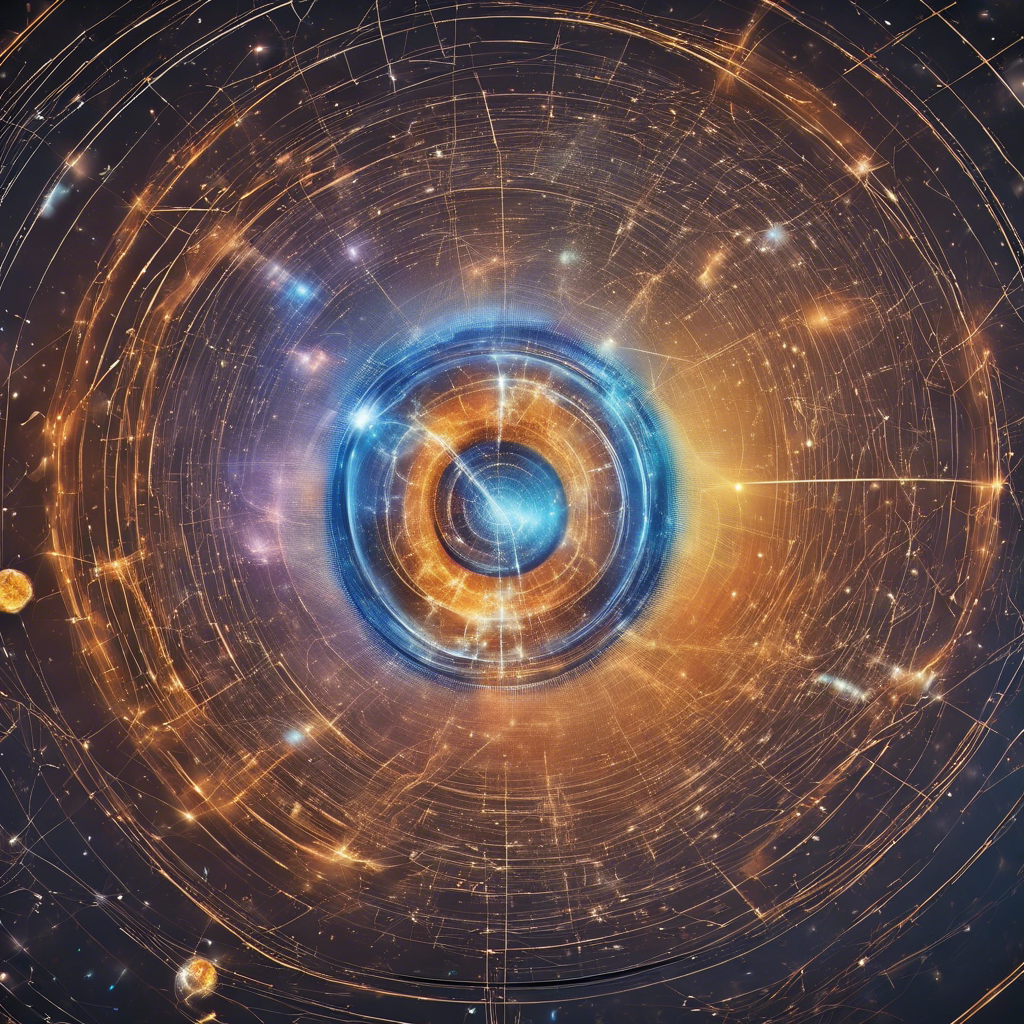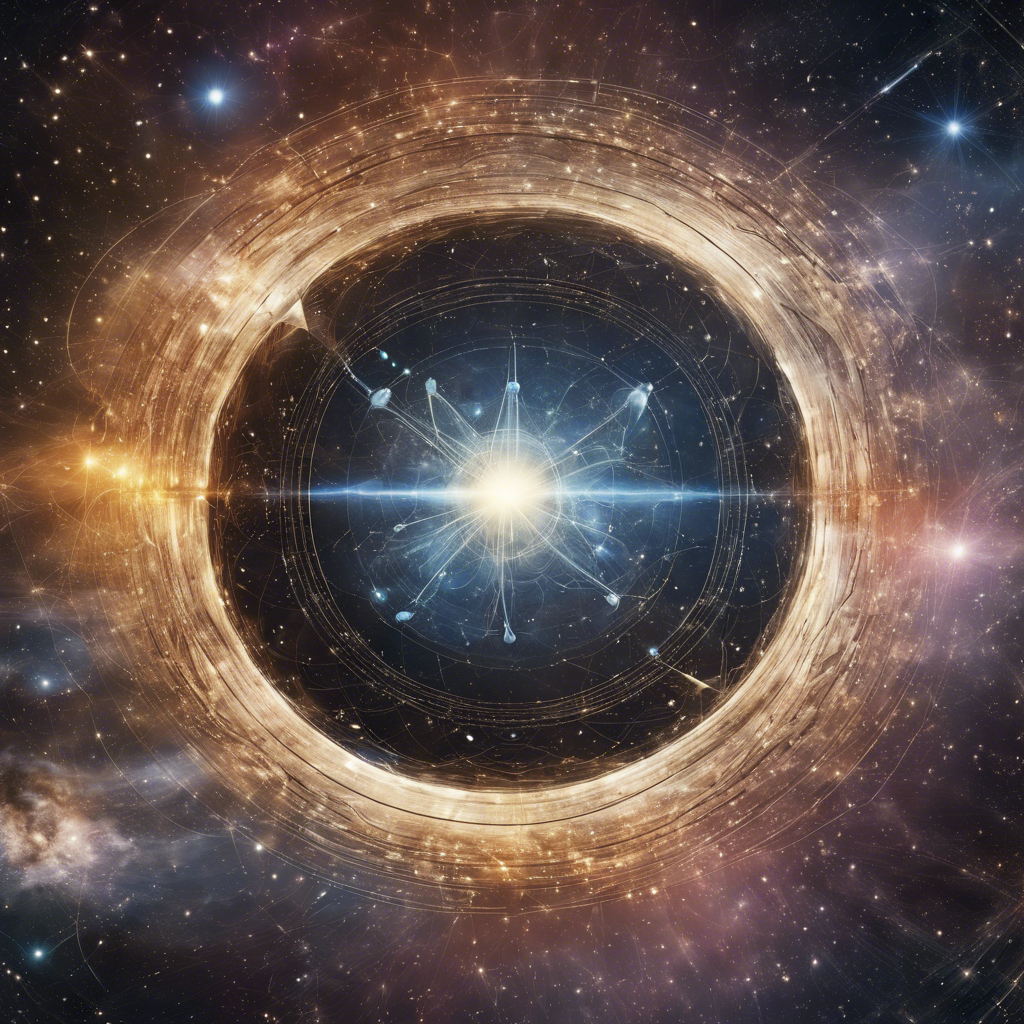Scientists propose a framework that could bridge the gap between quantum mechanics and general relativity through a new understanding of spacetime.
For over a century, scientists have grappled with the incompatibility between quantum mechanics and general relativity. While quantum mechanics accurately describes atomic-scale forces, Einstein’s theory of general relativity accurately predicts the behavior of gravity on a cosmic scale. Now, a radical new theory suggests that a reimagining of spacetime could provide a unifying framework for these two fundamental pillars of physics.
A Clash of Theories
The prevailing assumption has been that Einstein’s theory of gravity must be modified to fit within the framework of quantum theory. String theory, for example, posits that spacetime comprises multiple dimensions, while loop quantum gravity suggests that spacetime is composed of finite loops. However, Professor Jonathan Oppenheim from University College London challenges this consensus with his theory of classical gravity.
Spacetime as Smooth and Wobbly
Oppenheim’s theory, published in Physical Review X, suggests that spacetime may be classical, rather than governed by quantum theory. In this view, spacetime would be smooth and continuous rather than quantized into discrete units. However, Oppenheim introduces the concept of inherent wobbliness, where the rate at which time flows fluctuates randomly, akin to the ebb and flow of a stream.
A Breakdown of Predictability
The of wobbliness in spacetime results in a breakdown of predictability. While some physicists find this idea challenging, Oppenheim argues that it is crucial to understand how the contradiction between quantum theory and general relativity can be resolved.
Skepticism and Experiments
Not everyone is convinced by Oppenheim’s theory. Prominent physicist Carlo Rovelli has signed a bet against the theory being proven correct. However, Dr. Zach Weller-Davies, formerly of UCL and now at Canada’s Perimeter Institute, proposes an experiment to test the theory’s predictions. By measuring tiny fluctuations in the weight of an object, researchers could uncover the “wobbles” in spacetime.
Conclusion: The quest to unify quantum mechanics and general relativity has been a long-standing challenge in physics. Oppenheim’s theory offers a fresh perspective by suggesting that spacetime may be classical and wobbly, challenging prevailing assumptions. While skepticism remains, experiments designed to test the theory’s predictions provide an opportunity to explore new frontiers in our understanding of the fundamental nature of the universe.











